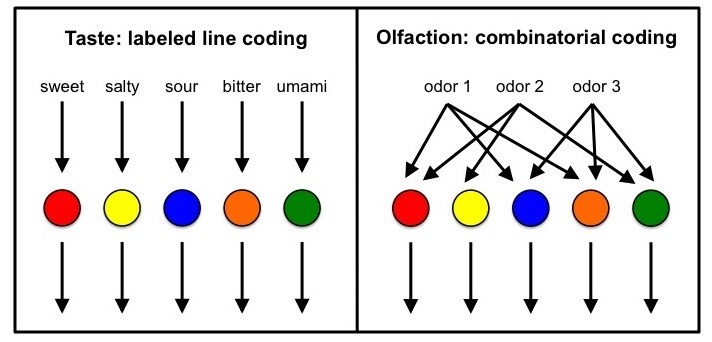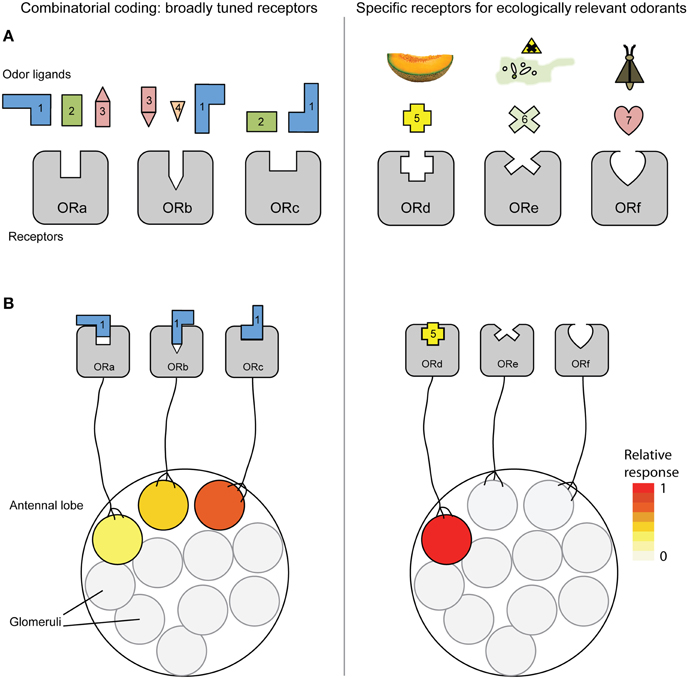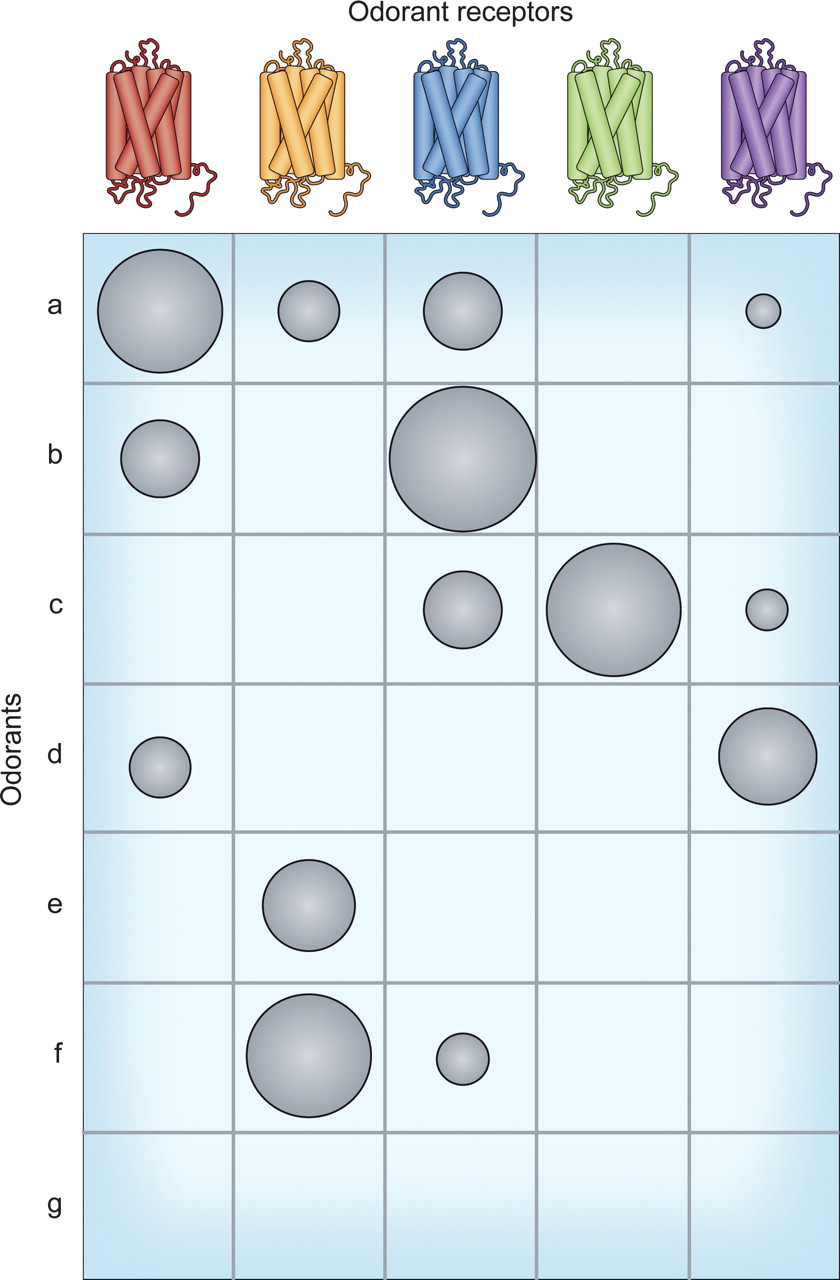| Hint | Food | 맛과향 | Diet | Health | 불량지식 | 자연과학 | My Book | 유튜브 | Frims | 원 료 | 제 품 | Update | Site |
|
내몸 ≫ 감각기관 ≫ 수용체 감각수용체 : receptor 신호전달 - 감각세포 : Receptor 종류 - 신경세포 : 전기신호, 신경전달물질, 호르몬 - 감각연합 : 신호증폭 세포막 : 세포막 구조, 세포막 단백질 - 세포막 통로, 펌프 - 세포막 수용체, 센서 - 세포막 구조, 결합단백질 세포막 : 수용체 - 7TM : G protein - 6TM : 온각 - RTK : receptor tyrosine kinase - 글루탐산 수용체 - Opioid, Cannabinoid Signal transducing receptors are of three general classes: 1. Receptors that penetrate the plasma membrane and have intrinsic enzymatic activity. Receptors that have intrinsic enzymatic activities include those that are tyrosine kinases (e.g. PDGF, insulin, EGF and FGF receptors), tyrosine phosphatases (e.g. CD45 [cluster determinant-45] protein of T cells and macrophages), guanylate cyclases (e.g. natriuretic peptide receptors) and serine/threonine kinases (e.g. activin and TGF-β receptors). Receptors with intrinsic tyrosine kinase activity are capable of autophosphorylation as well as phosphorylation of other substrates. Additionally, several families of receptors lack intrinsic enzyme activity, yet are coupled to intracellular tyrosine kinases by direct protein-protein interactions (see below). 2. Receptors that are coupled, inside the cell, to GTP-binding and hydrolyzing proteins (termed G-proteins). Receptors of the class that interact with G-proteins all have a structure that is characterized by 7 transmembrane spanning domains. These receptors are termed serpentine receptors. Examples of this class are the adrenergic receptors, odorant receptors, and certain hormone receptors (e.g. glucagon, angiotensin, vasopressin and bradykinin). 3. Receptors that are found intracellularly and upon ligand binding migrate to the nucleus where the ligand-receptor complex directly affects gene transcription. Because this class of receptors is intracellular and functions in the nucleus as transcription factors they are commonly referred to as the nuclear receptors. Receptors of this class include the large family of steroid and thyroid hormone receptors. Receptors in this class have a ligand-binding domain, a DNA-binding domain and a transcriptional activator domain. Cell surface receptor mediate signaling; signal transduction - Ion channel-linked receptor; transmitter-gated ion channel - Enzyme-linked receptor; cytoplasmic domain functions as an enzyme - G-protein-linked receptor ; cAMP pathway, Ca2+ pathway   미각수용체와 후각수용체의 특성 차이   
|
||||
|
|
|||